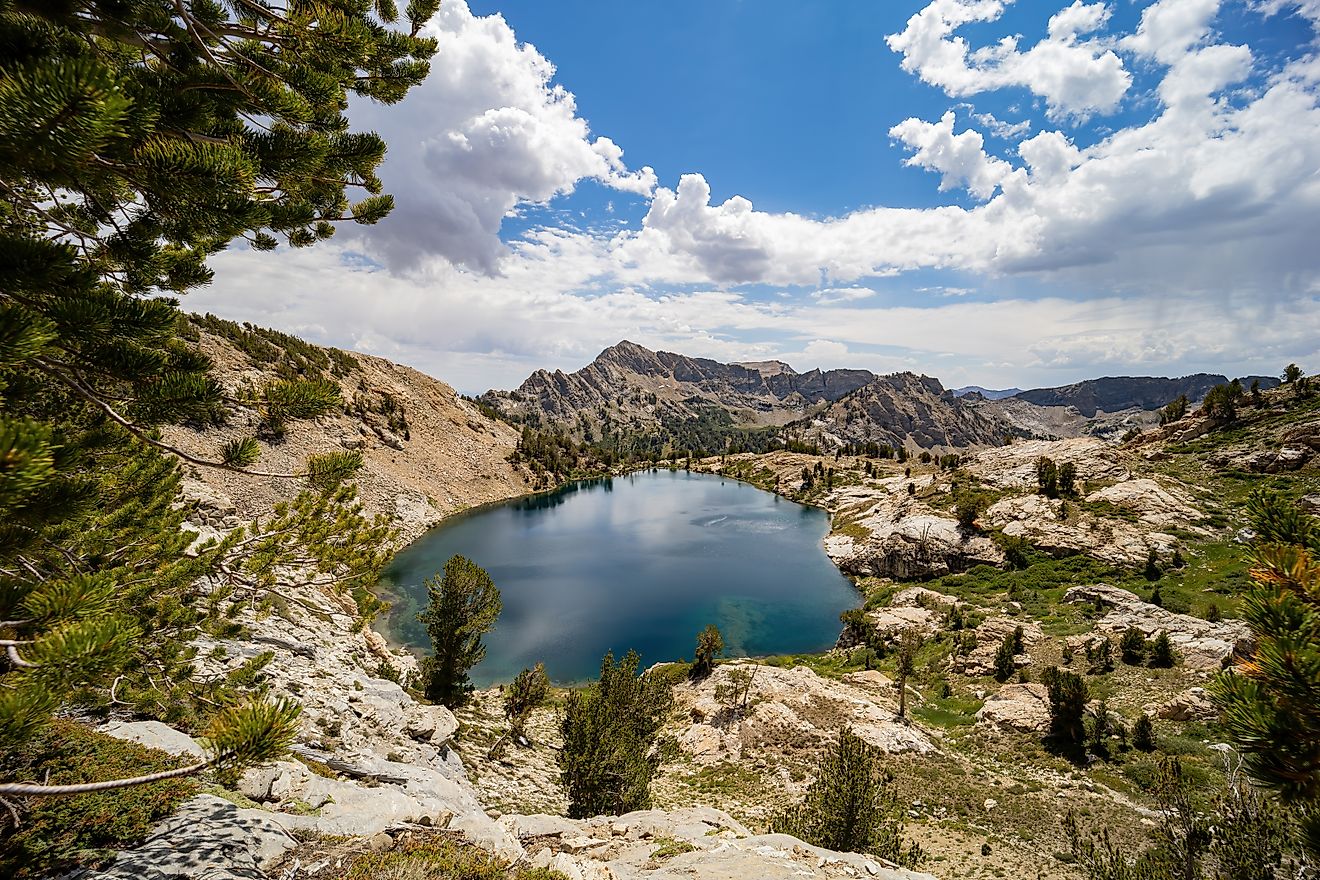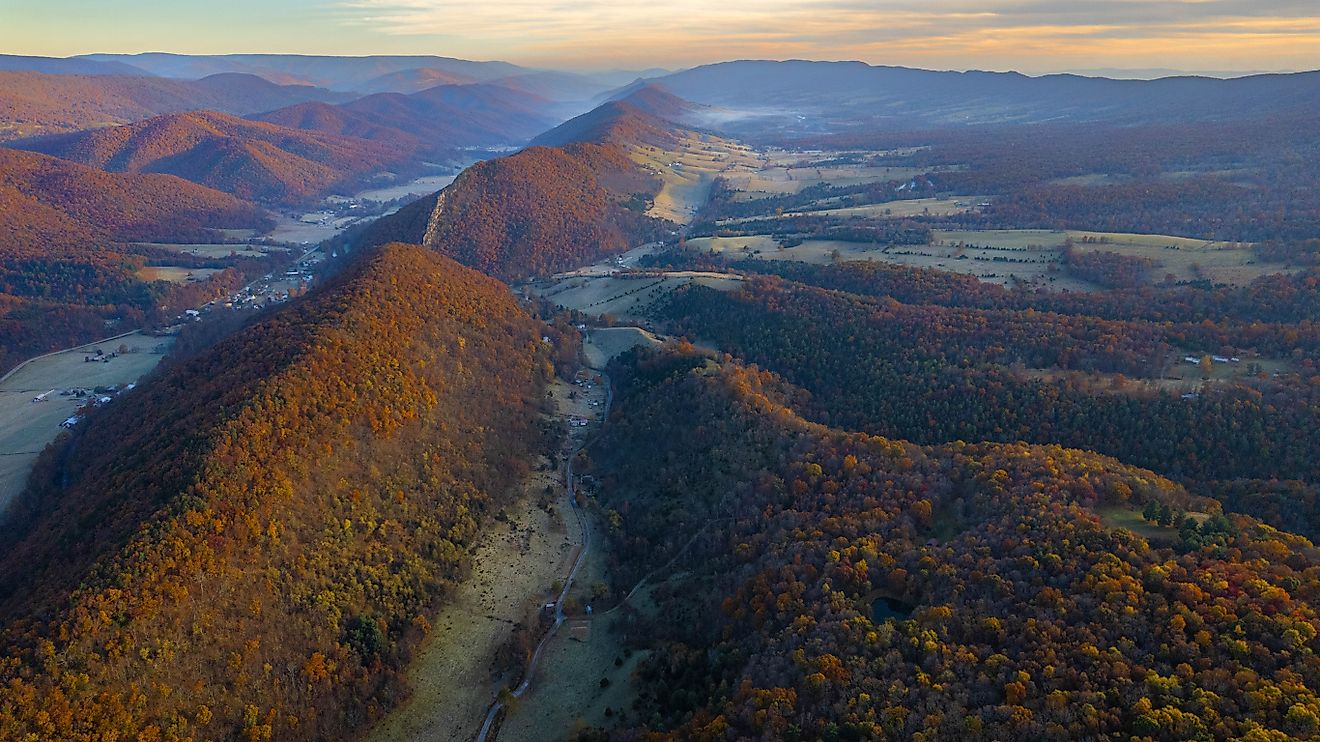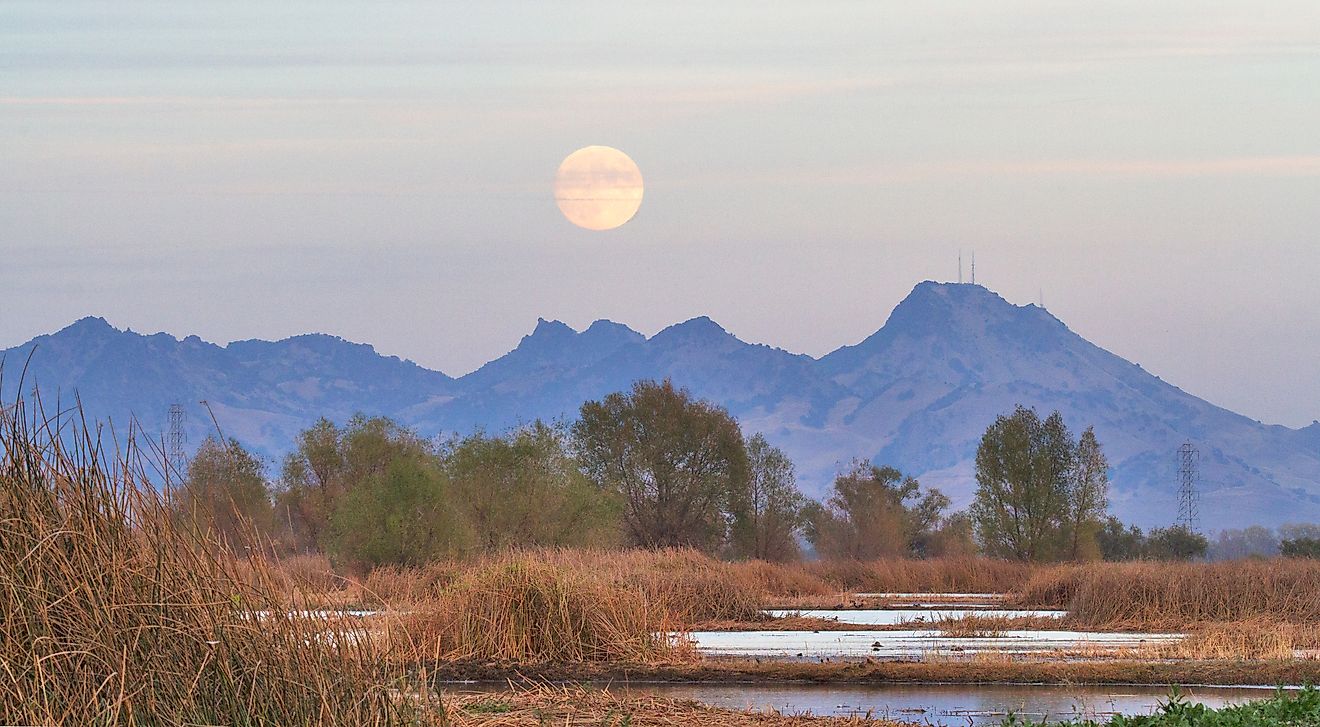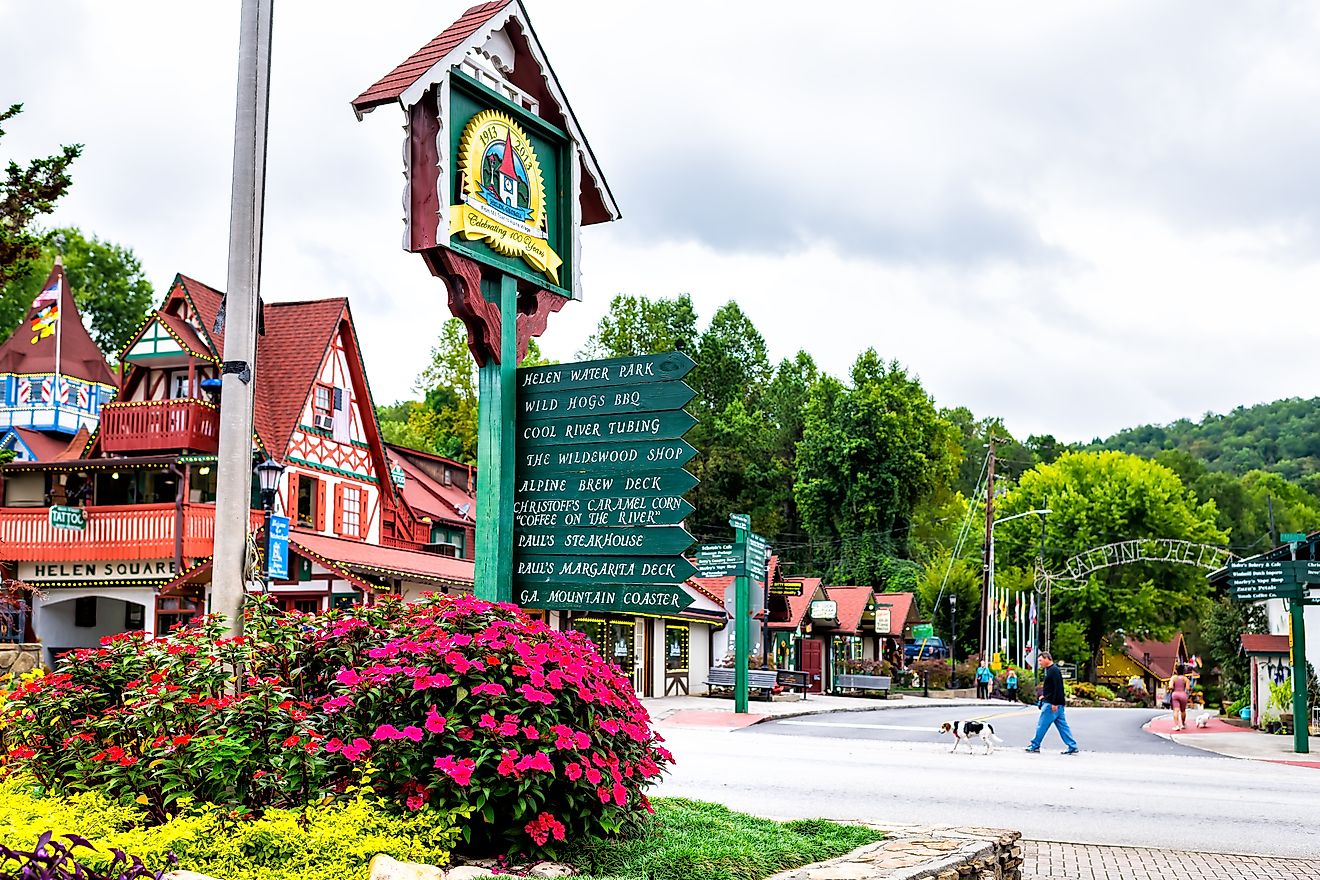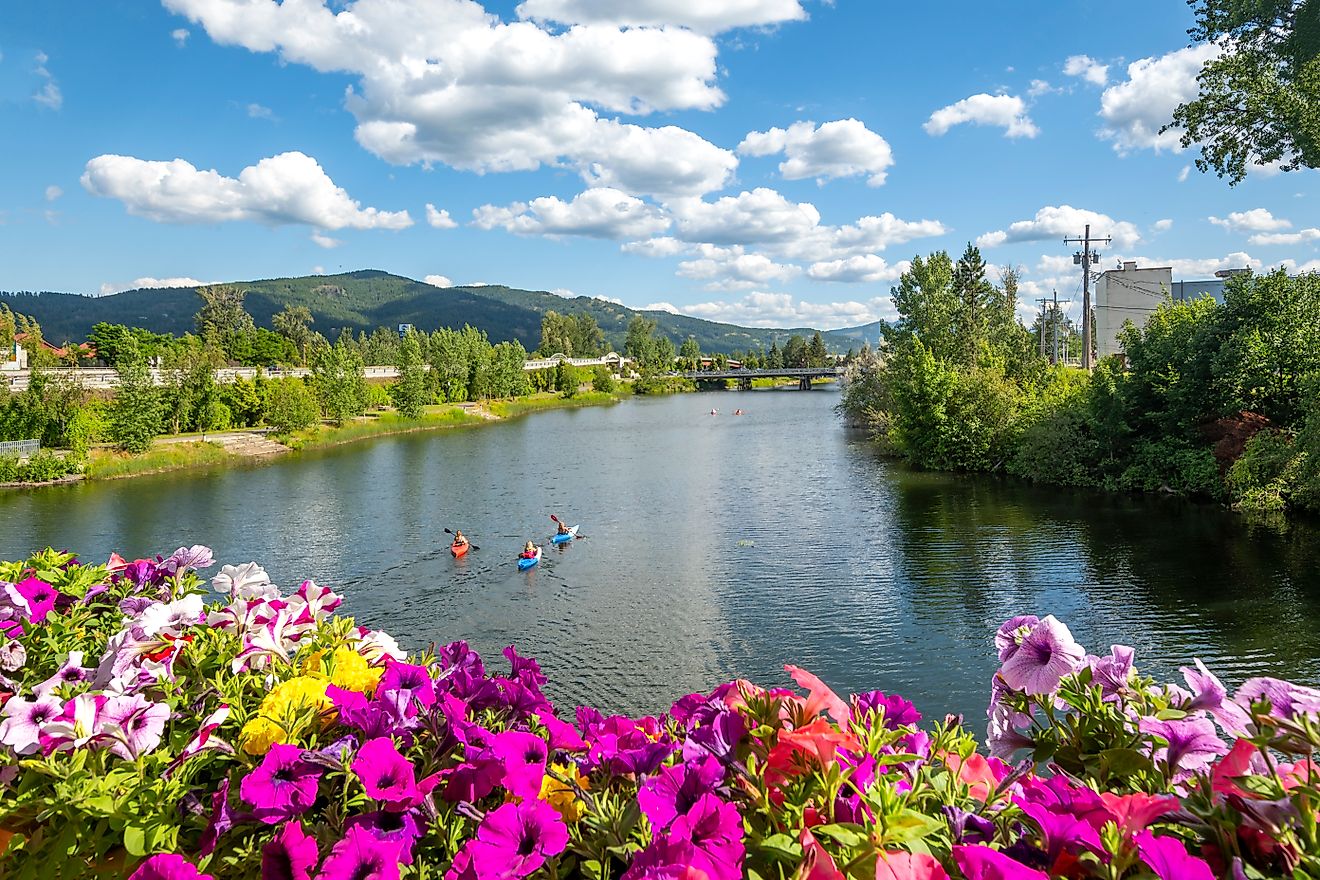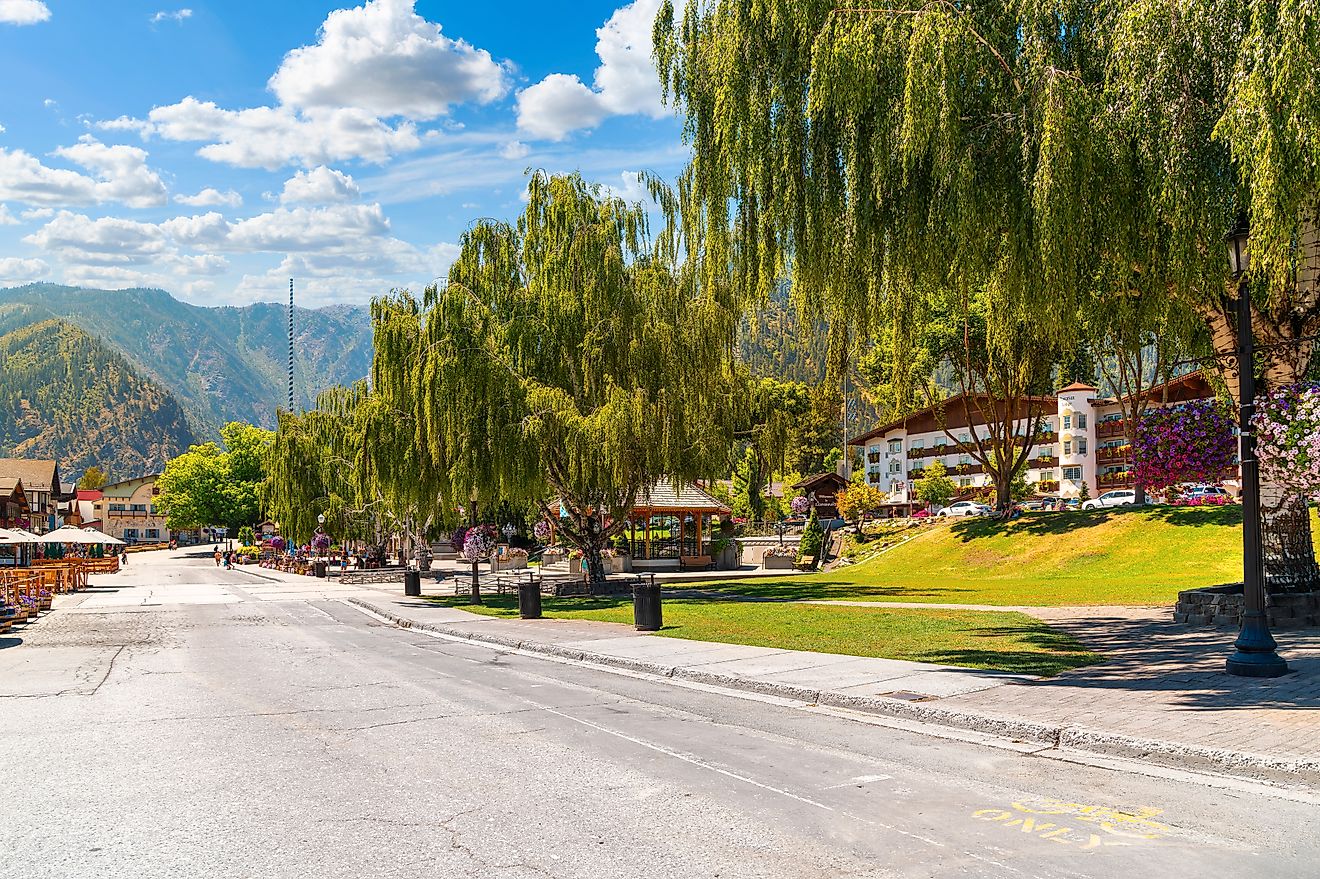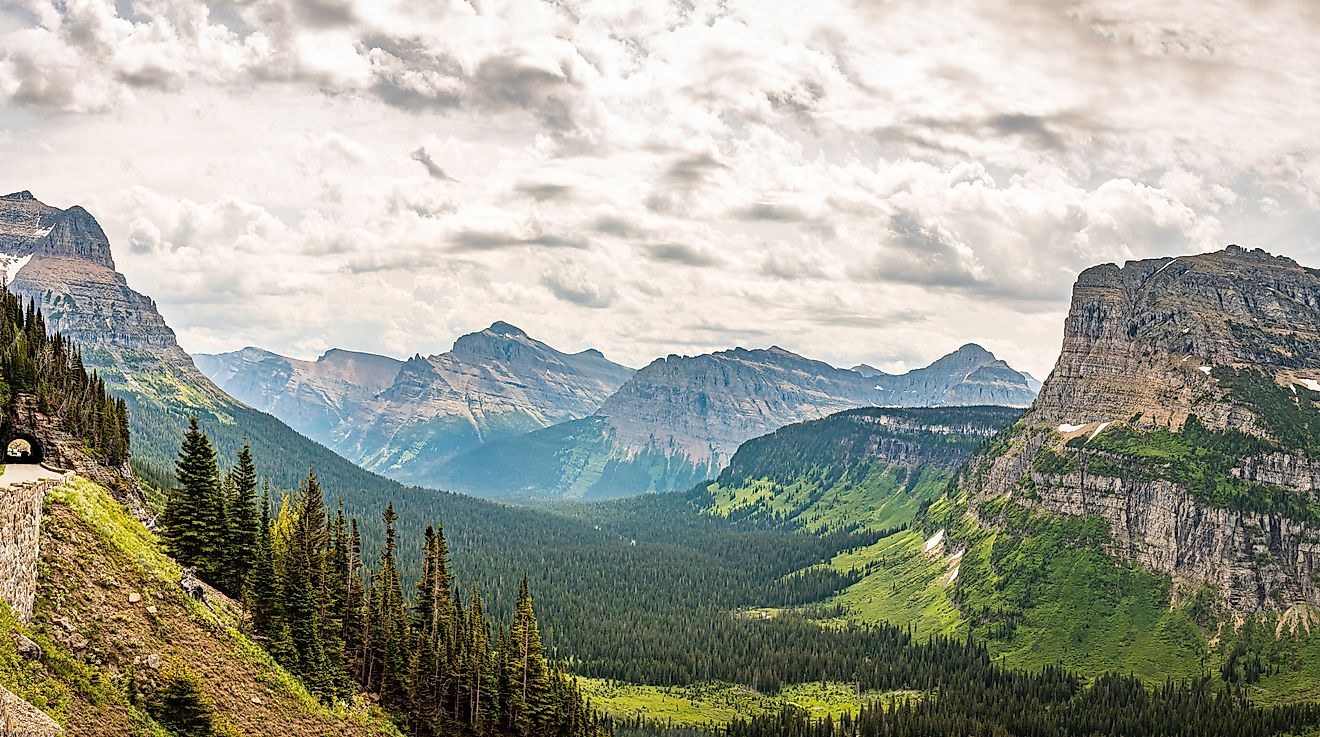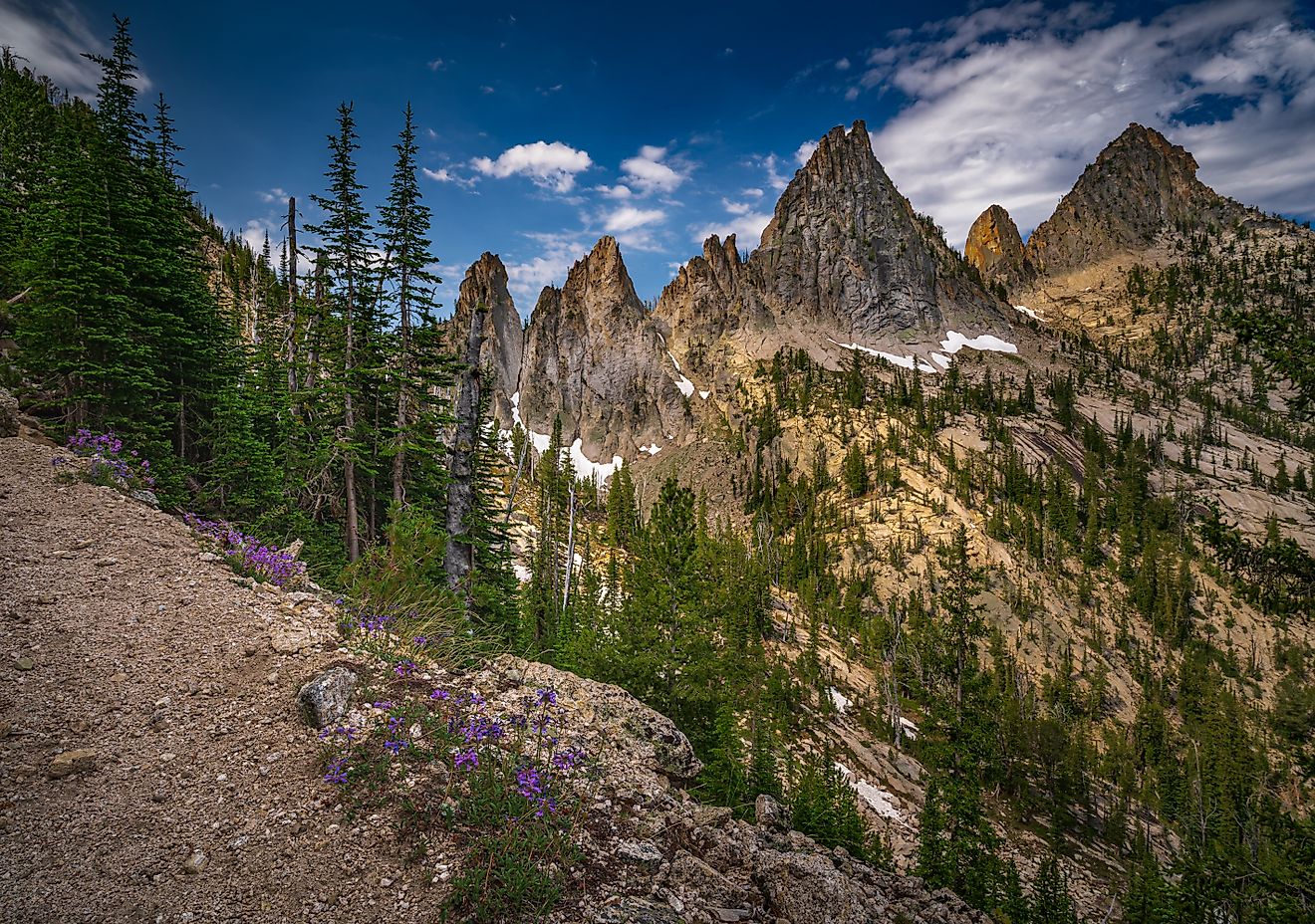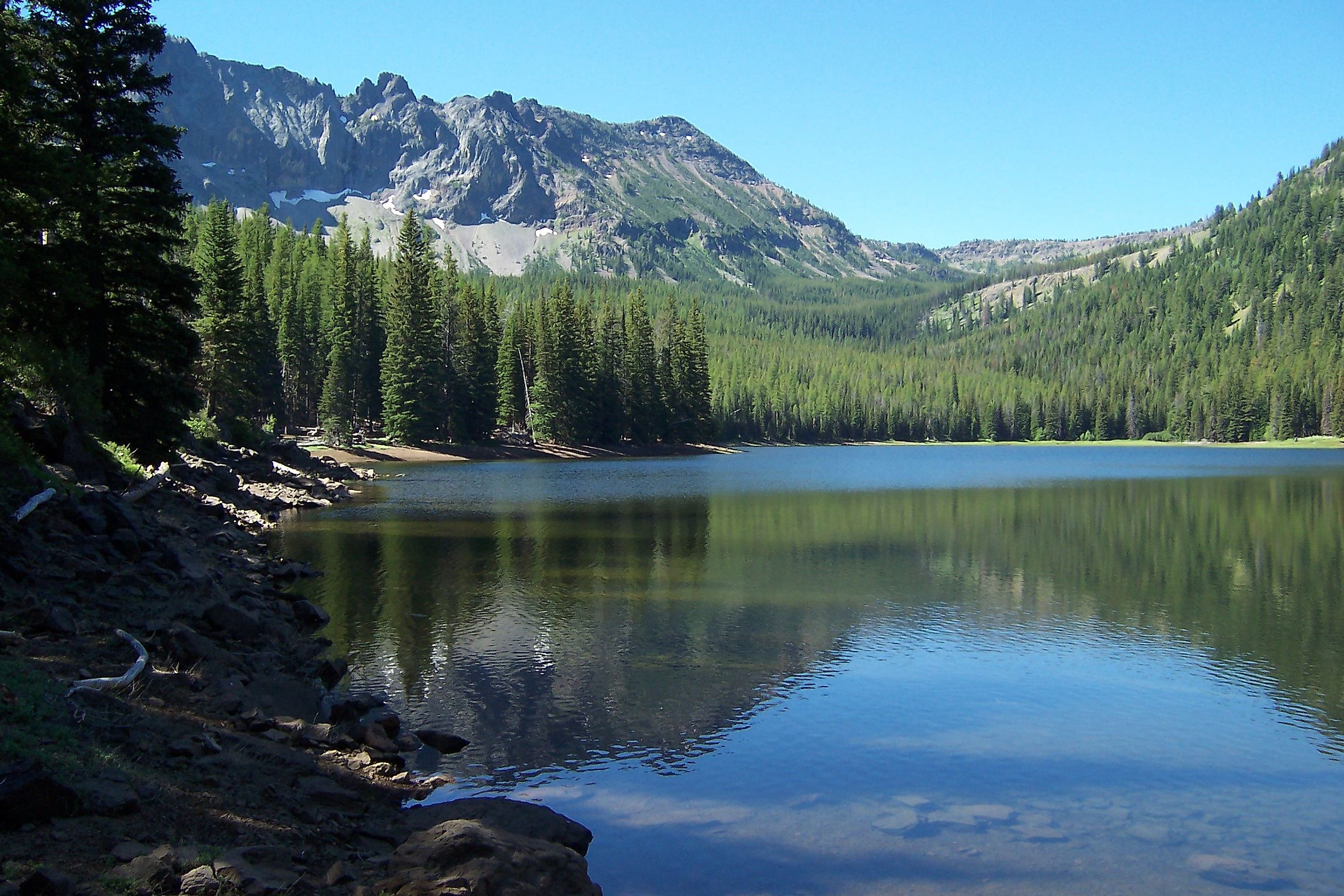
Strawberry Mountain Wilderness
Strawberry Mountain Wilderness, located in the Blue Mountains of eastern Oregon, is a 69,350-acre expanse of rugged peaks, alpine lakes, and pristine forests. Part of Malheur National Forest, this wilderness area stretches from 4,000 feet at its lower valleys to 9,038 feet at the summit of Strawberry Mountain, offering a dramatic playground for hikers, wildlife enthusiasts, and anyone seeking solitude in the high country.
Designated under the Wilderness Act of 1964 and expanded by the Oregon Wilderness Act of 1984, the Strawberry Mountain Wilderness is managed by the U.S. Forest Service. Its 125 miles of hiking trails wind through some of Oregon’s most varied landscapes, providing access to everything from high desert grasslands to glacially carved U-shaped valleys and tranquil alpine lakes.
A Landscape of Extremes
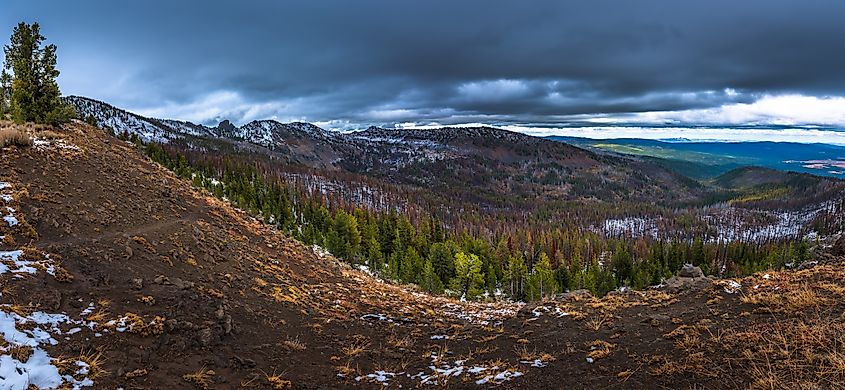
The topography of Strawberry Mountain Wilderness is remarkable for its variety. Elevations range from 4,000 feet to the summit of Strawberry Mountain at 9,038 feet. Because of this wide range in altitude, the wilderness supports an exceptionally diverse range of ecosystems, from low-elevation grasslands and sagebrush to subalpine forests and alpine meadows, making it home to many different plants and animals.
Key natural features include:
-
Seven alpine lakes including Strawberry Lake, High Lake, and Slide Lake
-
Headwaters of multiple streams such as Pine, Indian, Strawberry, Canyon, Bear, Lake, Wall, Roberts, and Big Creek
-
Strawberry Falls, a 40-foot waterfall along Strawberry Creek
-
Glacial valleys carved over millennia, now home to lakes and meadows
Geological Wonders
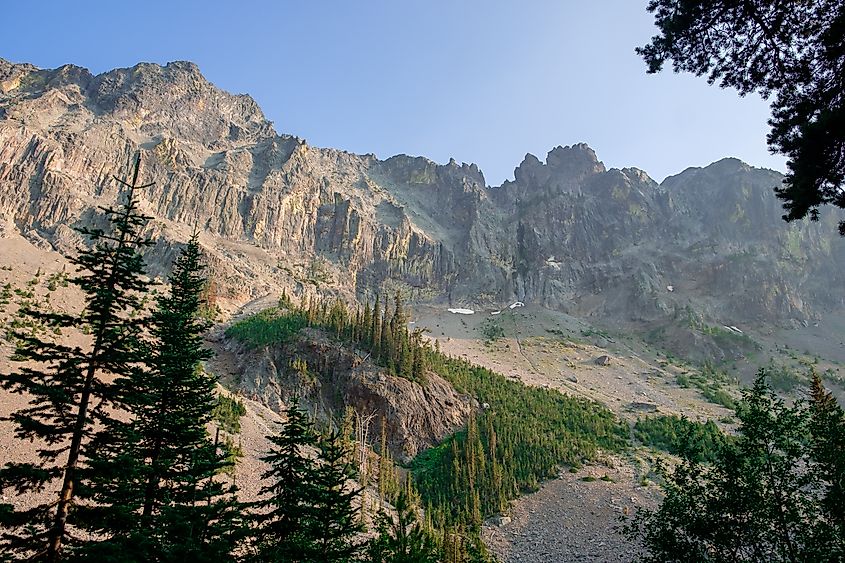
Strawberry Mountain Wilderness has a fascinating geological history. The basement rocks of the area are part of a Permian-age ophiolite complex, formed as deep crustal rocks near an ancient island arc system. Over millions of years, volcanic activity, uplift, and glaciation shaped the landscape into the dramatic peaks and valleys seen today.
Glacial ice carved the valleys into U-shaped profiles, hollowing out beds that now hold the wilderness’s alpine lakes. Later, Tertiary-age volcanic flows covered much of the region, and erosion exposed the older basement rocks. These geological layers tell the story of a land shaped by fire, ice, and time.
Flora and Fauna
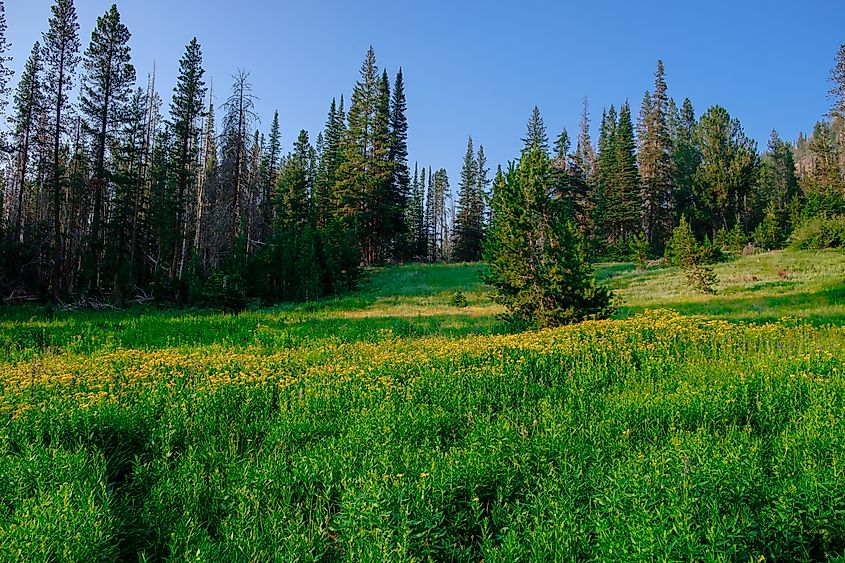
Strawberry Mountain Wilderness supports an incredible range of vegetation and wildlife.
Vegetation highlights:
-
Larch, spruce, fir, and pine forests
-
Wildflowers such as buttercups, mariposa lily, shooting star, and paintbrush
-
Berry-producing plants including wild strawberry, grouseberry, thinleaf huckleberry, Oregon grape, and thimbleberry
Wildlife highlights:
-
Mammals: Rocky Mountain elk, mule deer, antelope, black bear, cougar, mountain goat, bighorn sheep, pine marten, and mink
-
Birds: Ruffed and blue grouse, pileated woodpecker, sharp-shinned hawk, and bald eagle
-
Fish: Bull trout, Great Basin redband trout, and rainbow trout in streams and lakes
Overall, at least 378 animal species and 22 fish species are known to inhabit the wilderness. The diversity of habitats ensures ample opportunities for wildlife observation throughout the year.
Trails, Lakes, and Adventure
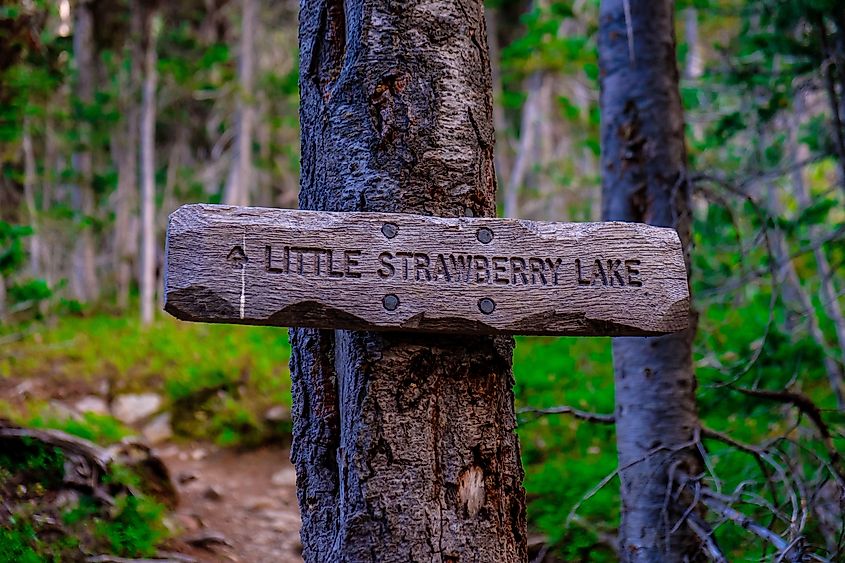
Strawberry Mountain Wilderness offers over 125 miles of hiking trails, ranging from moderate day hikes to multi-day backcountry excursions. Key highlights include:
-
Strawberry Lake Trail: A scenic route leading to a serene alpine lake
-
High Lake Trail: Access to one of the wilderness’s most remote and peaceful lakes
-
Slide Lake Trail: Offers striking views of surrounding peaks and meadows
-
Strawberry Mountain Summit Trail: For ambitious hikers seeking panoramic views
Trails are often rugged, with steep ascents and uneven terrain. Hikers should be prepared for changing weather, as snow can linger at higher elevations even in summer. Daytime temperatures range from 30 to 80 degrees Fahrenheit, with cool nights and occasional freezing conditions. Summer thunderstorms can occur, sometimes lasting several days.
Other recreational activities:
-
Horseback riding along old Forest Service and herder trails
-
Camping in dispersed wilderness areas
-
Wildlife watching and photography
-
Fishing in alpine lakes and streams
Safety and Wilderness Guidelines
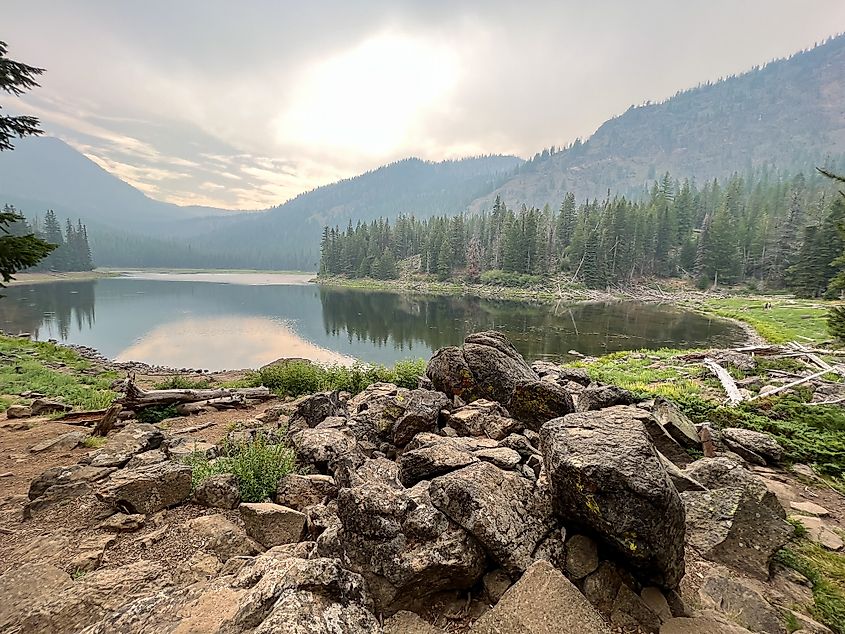
Visitors should follow Leave No Trace principles to protect the wilderness. Pack out all trash, including food wrappers, cans, bottles, and cigarette butts.
Water should always be treated before drinking. Boiling for at least five minutes or using a water filter is recommended to prevent giardiasis and other waterborne illnesses.
Some areas of the wilderness have experienced wildfires in recent years. Hikers and horseback riders may encounter fallen trees, overgrown trails, and fire-weakened areas. Caution is advised, especially in remote sections of the forest.
Connecting With Nature
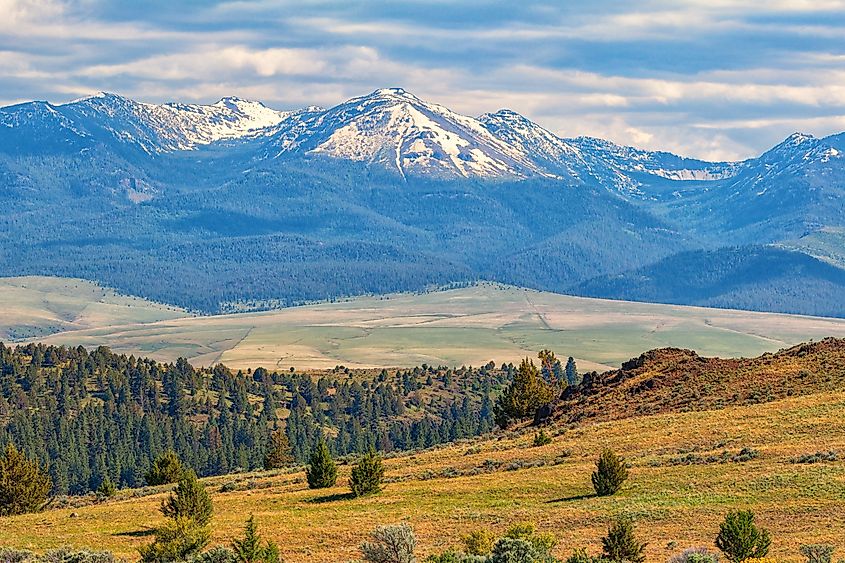
The Strawberry Mountain Wilderness is more than a hiking destination. It is a living classroom, showcasing the intersection of geology, ecology, and history. Visitors can experience:
-
Glacial valleys carved over millions of years
-
Alpine lakes hidden in rugged mountain basins
-
Diverse wildlife in habitats spanning five major life zones
-
Native plants and wildflowers flourishing in meadows and forests
Patience, observation, and respect for the wilderness enhance the experience. Those who venture beyond popular trails may encounter elk grazing at dawn, mountain goats scaling rocky cliffs, or colorful wildflowers lining a remote creek.
A Wilderness Worth Experiencing
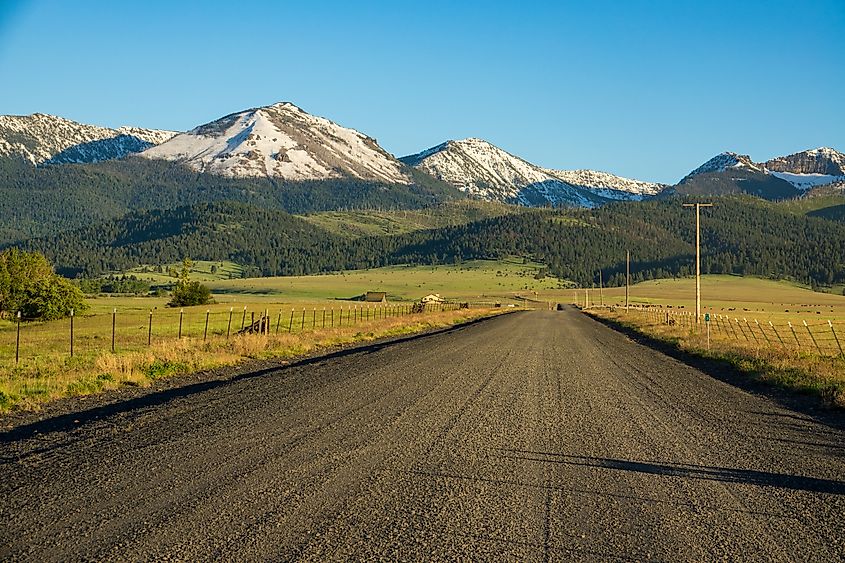
Strawberry Mountain Wilderness offers an unforgettable high-country experience. Its towering peaks, hidden lakes, glacial valleys, and diverse wildlife create a landscape of remarkable beauty and ecological significance. With over 125 miles of trails and abundant recreational opportunities, the wilderness is ideal for hikers, horseback riders, anglers, and anyone seeking solitude in nature.
Whether observing wildlife, exploring alpine lakes, or simply taking in the vistas, Strawberry Mountain Wilderness offers a rare opportunity to connect with Oregon’s rugged Blue Mountains. It is a testament to the power of wilderness protection and the enduring appeal of remote landscapes.
Strawberry Mountain Wilderness at a Glance
| Feature | Details |
|---|---|
| Size | 69,350 acres |
| Highest Point | Strawberry Mountain, 9,038 feet |
| Trails | 125 miles |
| Lakes | Strawberry, High, Slide, and four others |
| Streams | Pine, Indian, Strawberry, Canyon, Bear, Lake, Wall, Roberts, Big Creek |
| Vegetation | Larch, spruce, fir, pine, wildflowers, berry shrubs |
| Wildlife | Elk, mule deer, antelope, black bear, cougar, mountain goat, bighorn sheep, 378 total animal species |
| Fish | Bull trout, Great Basin redband trout, rainbow trout |
| Activities | Hiking, horseback riding, camping, wildlife viewing, fishing |
